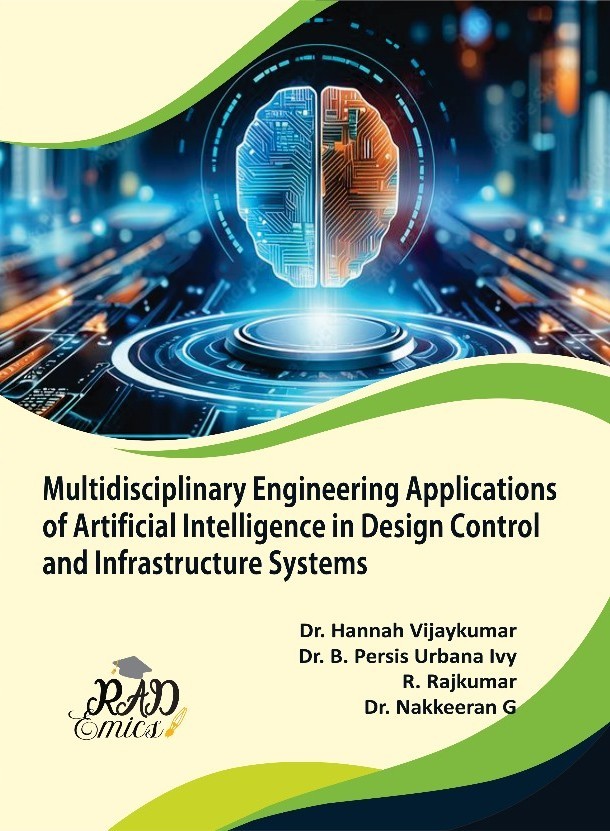
Abstract
The integration of Artificial Intelligence (AI) into safety-critical engineering systems has the potential to revolutionize industries such as healthcare, aerospace, and automotive by enhancing efficiency, precision, and decision-making. However, the deployment of AI in these high-stakes environments presents unique challenges in terms of governance, regulatory compliance, and ethical responsibility. This chapter explores the multifaceted role of governance models in ensuring AI technologies operate within the boundaries of safety, accountability, and legal frameworks. It highlights the importance of regulatory compliance, examining how existing standards are applied to AI systems and the difficulties associated with harmonizing regulations across multiple jurisdictions. The chapter also addresses the ethical considerations inherent in AI decision-making, emphasizing the need for transparency, fairness, and bias mitigation. Furthermore, it discusses the role of external stakeholders and regulatory agencies in shaping and enforcing AI governance, with a focus on ensuring that innovation does not come at the expense of public safety and trust. As AI technologies continue to evolve, the chapter advocates for the establishment of dynamic governance structures that are adaptable to emerging risks and regulatory changes, ensuring the safe and responsible deployment of AI in safety-critical sectors.
Introduction
The advent of Artificial Intelligence (AI) has brought transformative changes to various sectors, particularly in safety-critical engineering systems such as healthcare, aerospace, automotive, and energy [1]. These industries, where even the smallest error can lead to catastrophic consequences, require highly reliable, safe, and efficient systems [2]. AI promises to revolutionize these sectors by enhancing operational performance, decision-making, and real-time responsiveness. However, as AI technologies continue to advance, their implementation in such high-risk domains introduces a new set of challenges [3]. Ensuring that these AI systems operate within the boundaries of safety, ethics, and regulatory frameworks is crucial to preventing failures that could endanger human lives, compromise environmental integrity, or cause financial losses [4]. The increasing integration of AI into safety-critical systems demands the establishment of robust governance models that can guide the ethical development, deployment, and monitoring of these systems [5].
Governance frameworks for AI in safety-critical engineering systems are pivotal in establishing accountability, transparency, and safety [6]. Given the autonomous nature of many AI systems, traditional methods of governance, which were designed for non-autonomous technologies, may not be sufficient [7]. The governance of AI involves not only ensuring compliance with legal and regulatory standards but also addressing ethical dilemmas that arise from algorithmic decision-making [8]. Ethical concerns such as bias, fairness, transparency, and accountability must be addressed from the outset of AI system design, ensuring that these technologies are not only technically efficient but also ethically sound [9]. These frameworks must provide clear mechanisms for oversight and control to mitigate risks associated with the increasing complexity and autonomy of AI systems in high-stakes environments [10].
The regulatory landscape for AI in safety-critical systems is complex and often fragmented. Different regions and industries have varying approaches to AI regulation, creating a challenging environment for global operators [11]. While some countries have established comprehensive regulatory frameworks, others are still in the process of developing and implementing AI-specific laws [12]. Furthermore, even within regions that share common regulatory goals, such as the European Union, regulatory standards may differ at the member state level, making it difficult for organizations to comply with multiple jurisdictions [13]. The lack of a unified regulatory approach presents significant challenges for AI developers and operators, particularly those deploying systems across borders [14]. The chapter discusses these challenges in detail, highlighting the need for harmonized regulatory frameworks to ensure the consistent and safe deployment of AI technologies in safety-critical environments [15].